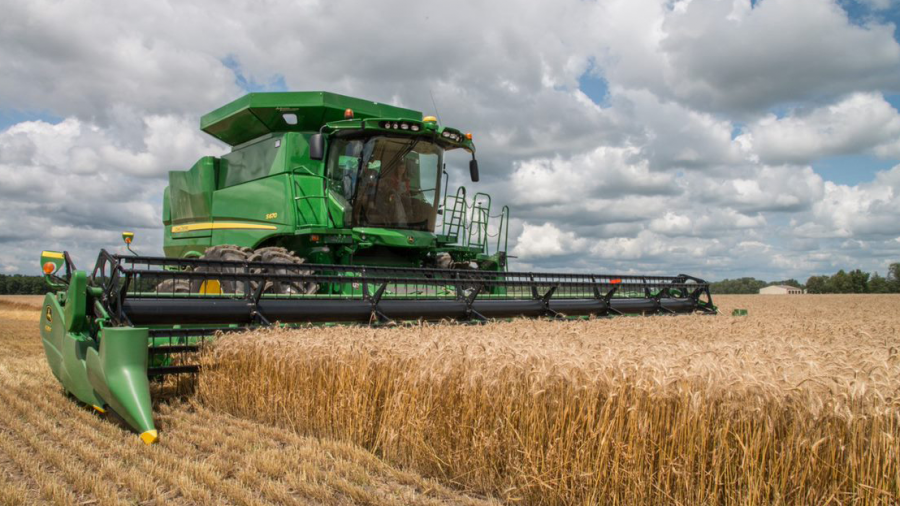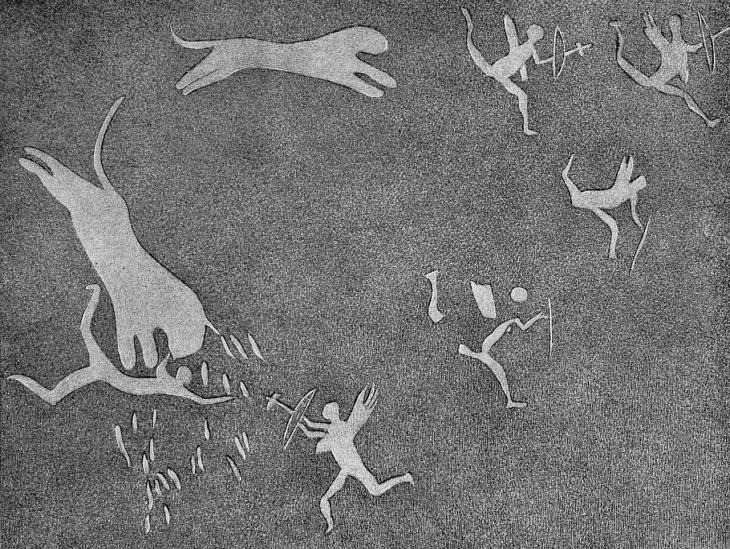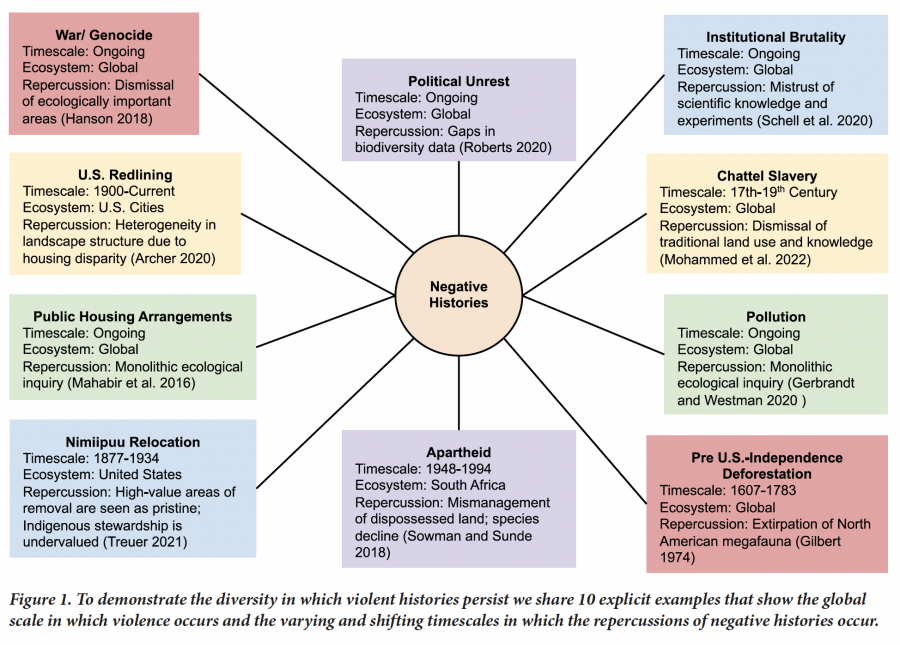
A downloadable version of this explainer is available here:
Overview
Like Visual Discourse Analysis, Narrative Discourse Analysis is a method of examining texts to uncover the motivations behind the way they present information to a target audience. Not only do narratives have surface-level denotative values, they also have implied connotative values that organizations can use to uphold myths that have a range of environmental effects. For example, when the American Farm Bureau Federation, an agricultural lobbying group, claims that “U.S. agriculture contributes just 10% to overall GHG [greenhouse gas] emissions, far less than other major industries, and plays an active role in enhancing wildlife and absorbing carbon,” critical readers will perceive how the denotative facts (10% of GHG emissions) carry certain connotative values (efficiency, low impact). These values support the myth that standard big agricultural practices are sustainable and even “enhance” natural resources like wildlife habitat. These readers will also detect how such multi-level rhetorical bundles may support greenwashing, that is, crafting narratives that claim less environmental impact or more benefits than a fact-based analysis would verify.
Narrative analyses involve readers responding to texts by questioning the truth of narratives and examining how they may be the construct of particular stakeholders who often have submerged agendas. Narrative researchers use tools like denotation vs. connotation; the rhetorical triad of ethos, pathos, and logos; the use of classic narrative structures that characterize stakeholders as heroes or villains; and keyword searches of the writer’s lexicon, in order to analyze how texts impose biased views of complex histories and subjects. The concept of narrative has interdisciplinary origins in philosophy, linguistics, sociology, and cognitive science, which blend into a unique approach to discover meaning-making through stories.
Socio-Environmental Applications
Wilderness and Colonialism
Mythical narratives and images can rise to an iconic status and have a persuasive power that can influence policymakers and in some cases, disenfranchise Indigenous people and other marginalized groups. Crisis narratives used to galvanize activist support employ a range of “characters” including heroes, villains, and victims. For example, Benjaminsen et al. (2021) argue that visual narratives of drought imply unsustainable grazing regimes by Indigenous peoples (villains), which serves the needs of international stakeholders who wish to promote other land uses, including protection (heroes).
The African wilderness is the topic of Guillaume Blanc’s The Invention of Green Colonialism. He uses narrative analysis of archives and oral histories to present the African wilderness as a construct of colonial conquest that fails to show Indigenous tribes as victims of colonialism and also as heroes of sustainable and time-honored land-use practices including hunting, gathering, and grazing. In Blanc’s reading of archival discourse, Euro-American colonists, including groups like UNESCO and the World Wildlife Fund, are the villains who dislocate tribes from ancestral grounds in the name of wilderness conservation.
Unaltered image via Wikimedia Commons, 4.0.
Ecological Narratives
Gadsden et al. (2023) highlight an important bias: how ecological science has relied on hegemonic narratives that privilege the idea of pristine wilderness and has ignored colonial and Western-dominated histories of land use, thus erasing the knowledge of traumatic histories involving Indigenous people, women, and urban populations. They explain how these landscapes of fear, erasure, and trauma are especially deserving of co-creative meaning-making between scientific ecological knowledge and other historical and cultural perspectives. By elevating suppressed narratives of historic inequality and exclusion, the authors detail an alternate discourse of Indigenous and non-dominant cultural knowledge that enriches the biophysical perspective from ecological science (Figure 1, below). In signaling the problematic bias in ecology toward narratives of wilderness preservation and dichotomies that value privileged landscapes over degraded ones, Gadsden et al. invite the next generation of S-E researchers to strengthen their interdisciplinary collaborations with historians, linguists, and local people. By integrating narrative methods into scientific epistemologies of natural systems, ecologists become aware of how their identity and positionality affects their perception of nature and may bias the interventions we think will strengthen ecological systems and the human communities that depend on them. Their work provides an argument for ecologists to train themselves on humanist and social science methods of discourse analysis.
As noted earlier, critical discourse analysis using narrative approaches are direct reader responses to texts, and are not enabled by data processing software that would allow analysts to compile thematic and lexical trends across hundreds of documents. This approach, known as qualitative content analysis (QCA) is epistemologically continuous with narrative analysis—QCA might be seen as a technological evolution that employs narrative analysis on a larger scale in order to handle the big data of public discourse and policy.
References
Benjaminsen, T.A. (2021). Depicting decline: images and myths in environmental discourse analysis. Landscape Research, 46(2), 211-225. https://doi.org/10.1080/01426397.2020.1737663
Blanc, G. The Invention of Green Colonialism. (H. Morrison, Trans.). Polity Press. (2022).
Gadsden, G.I., Golden, N., Harris, N.C. (2023). Place-Based Bias in Environmental Scholarship Derived from Social–Ecological Landscapes of Fear. BioScience, 73(1), 23–35. https://doi.org/10.1093/biosci/biac095

